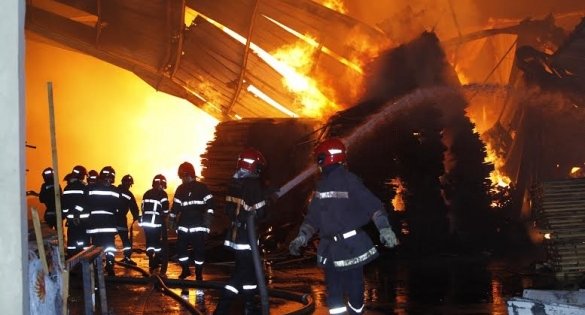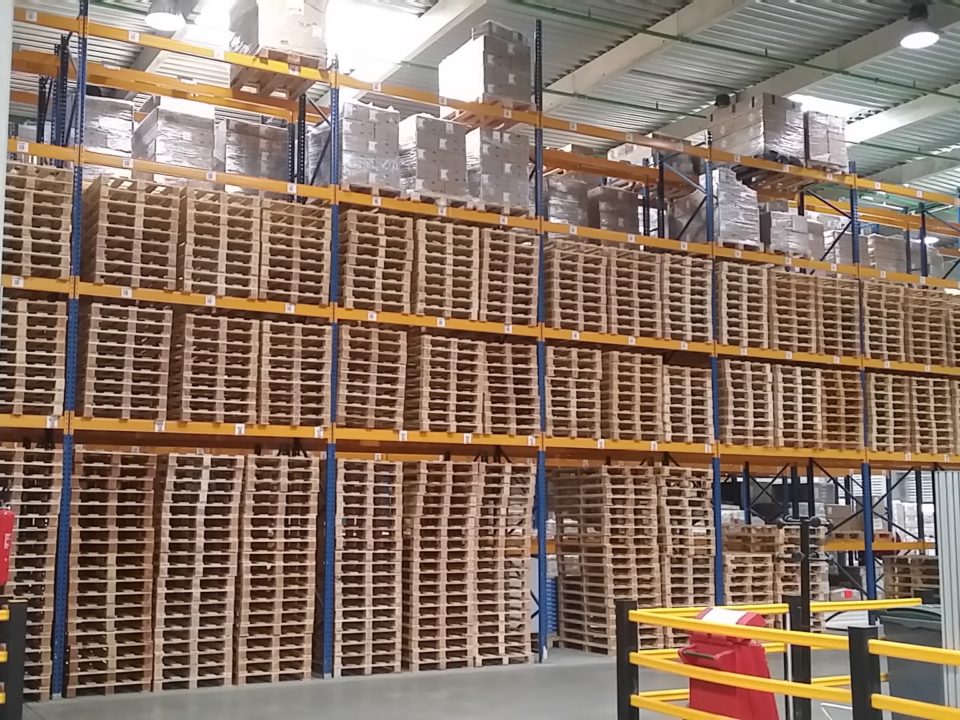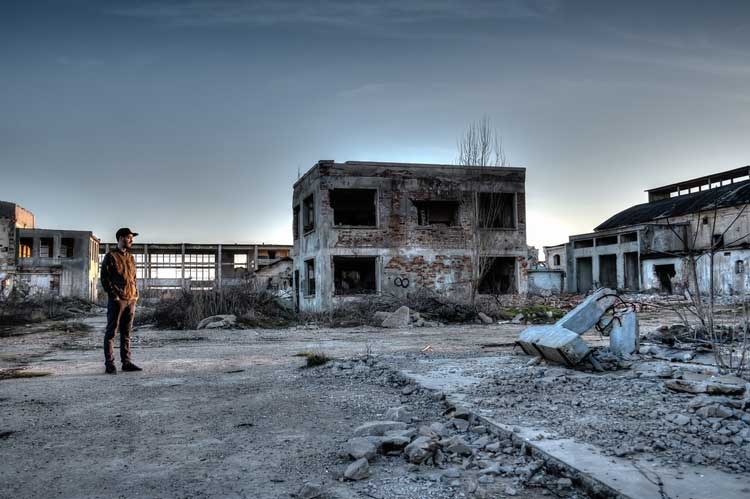
ATEX registers will have to be verified or updated further to new Seveso III regulations
29 August 2016
Changes to seismic regulations for Seveso sites (3 March 2018)
15 May 2018The purpose of a Business Continuity Plan (BCP) is to anticipate events that seriously disturb the smooth running of your firm and to set up a strategy that will limit their impact. Recent feedback has highlighted the fact that companies that have implemented an approach designed to guarantee the continuity of their business are the ones that best stand up to unsettling events.
Statistics show that almost 70% of companies affected by a serious fire fold within a year. But vulnerability is not limited to fire. Supplier risks, risks relating to power outage or computer network issues, natural hazards and many more can be anticipated to a reasonable level.
Business Continuity Plans are not just for large groups either. All companies, regardless of size, can implement a BCP tailored to their structure.
To do this, the best solution is often to set up a Working Party covering the company’s various fields. Outside support for specific points that cannot be managed in-house, or to get an outside view, remains an option. These points may include:
- Leading the Working Party
- Identifying targets
- Determining safety expectations to meet the targets
- Analysing, identifying, assessing and mitigating risks
- Determining the strategy of the Mitigation Plan
- Quantifying the financial aspects
- Scheduling the various actions in tune with the company’s possibilities.
Implementing a BCP can also prove to be a substantial argument in negotiations with the company’s business partners.
What shape or form could a Business Continuity Plan take for your company? Think about it and act… before it’s too late.
More information on the Business Continuity Plans







